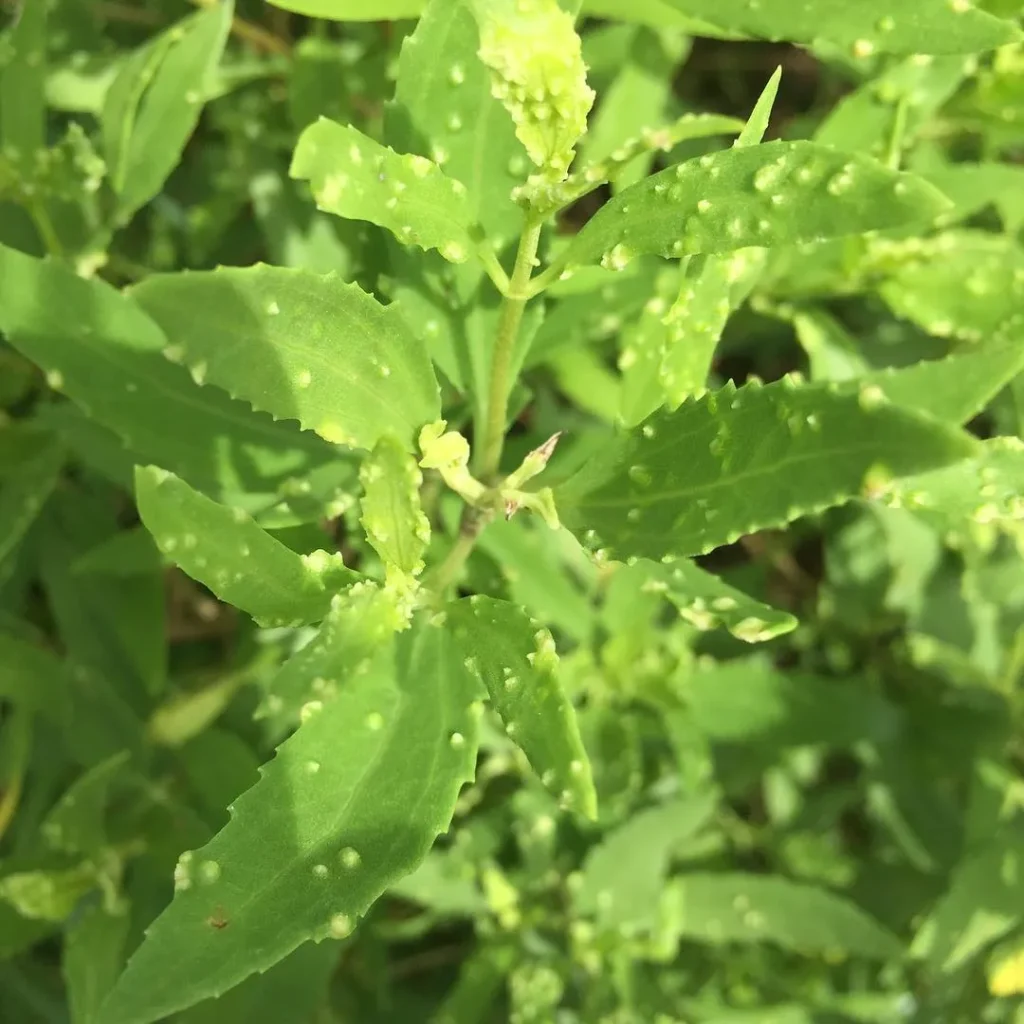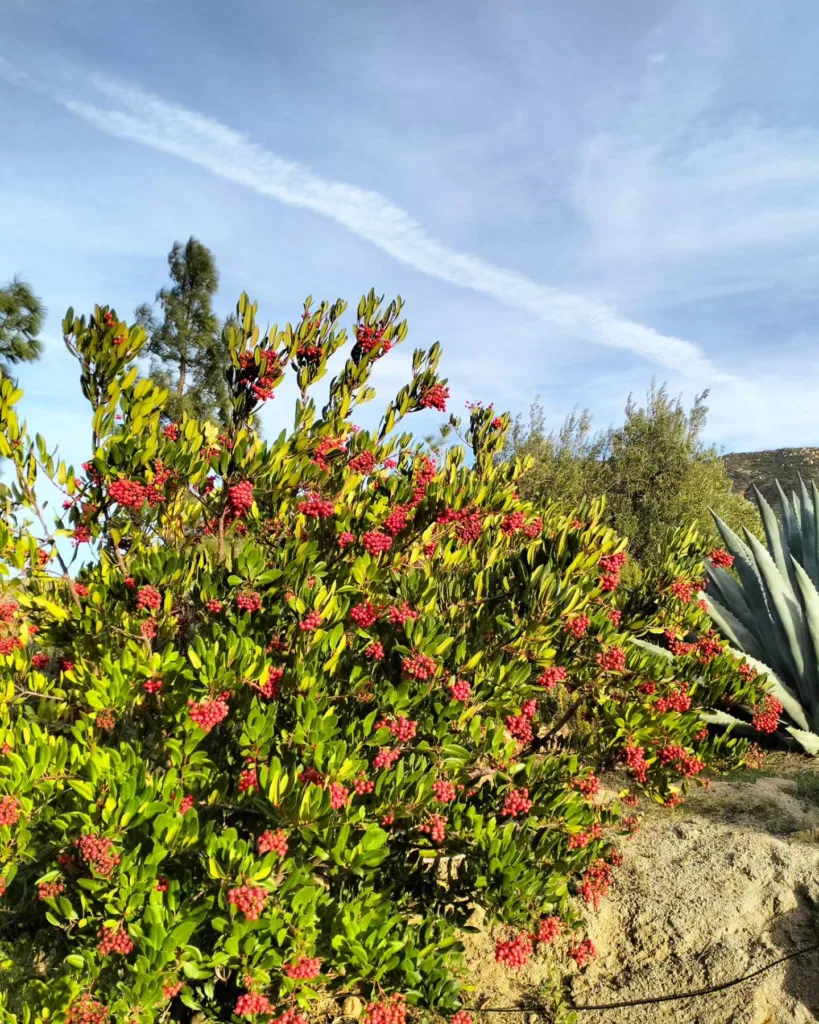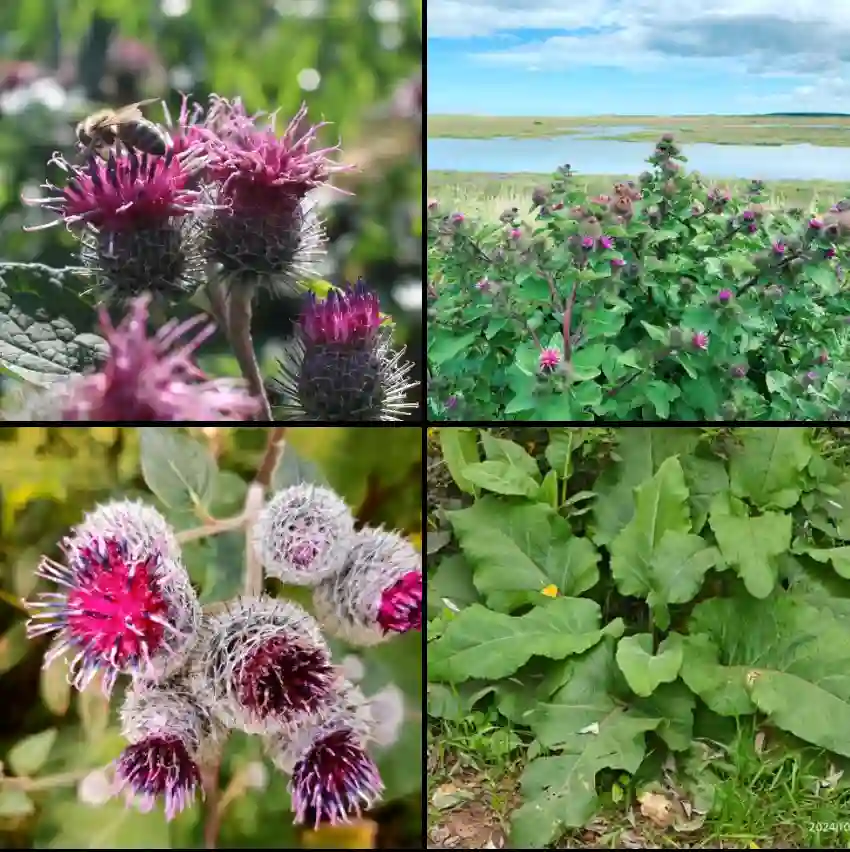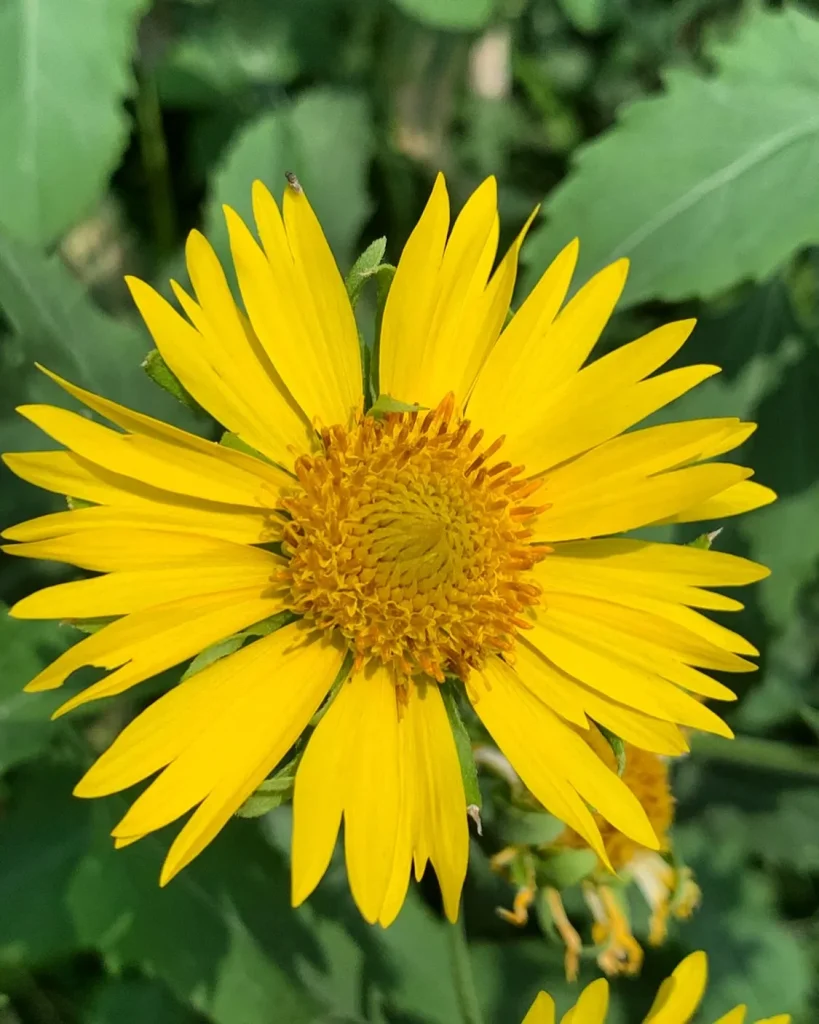Exploring the Cornaceae Family: A Personal Journey with Alangium and Cornus
As an avid plant enthusiast, my exploration of different plant families has always been an exciting venture. Recently, I delved into the fascinating Cornaceae family, commonly known as the dogwood family. Within this diverse family, I discovered two intriguing genera: Alangium and Cornus. Each presents unique characteristics and beauty, making them worthy of attention.
What is the Cornaceae Family?
The Cornaceae family encompasses a range of flowering plants, including trees, shrubs, and herbaceous species. Known for their vibrant flowers and striking foliage, members of this family often thrive in temperate regions. The Cornaceae family is significant not just for its beauty but also for its ecological contributions, providing habitats and food for various wildlife species.
The Genera of Cornaceae: A Closer Look at Alangium
My journey began with the Alangium genus. This group is primarily found in tropical and subtropical regions, showcasing its adaptability to different climates. Alangium species are characterized by their beautiful, aromatic flowers that bloom in clusters, typically in shades of white to yellow.
One of the most fascinating aspects of Alangium is its fruit. The fruits, which resemble small berries, are often enjoyed by birds and other wildlife, playing a crucial role in the ecosystem. I remember seeing Alangium trees adorned with these vibrant fruits during my travels to Southeast Asia. The sight was truly enchanting, as it highlighted the interdependence between plants and animals.
Another notable feature of Alangium is its medicinal properties. Traditional medicine often incorporates parts of this plant to treat various ailments. This aspect piqued my interest, leading me to research more about its uses. I found it fascinating that such a beautiful plant could also hold healing properties, bridging the gap between nature’s beauty and its utility.
Discovering the Cornus Genus
Transitioning to the Cornus genus, I was captivated by the diversity this group offers. Cornus species, commonly known as dogwoods, are prominent in gardens and landscapes for their ornamental value. They are characterized by their showy flowers, vibrant foliage, and striking bark, making them a popular choice among gardeners.
One of my personal favorites within this genus is the Cornus florida, or flowering dogwood. Its stunning white and pink flowers bloom in early spring, transforming gardens into picturesque landscapes. I fondly recall a visit to a botanical garden where these trees were in full bloom. The sight was mesmerizing, with delicate petals dancing in the breeze.
Dogwoods are not only beautiful but also play a vital role in supporting local ecosystems. Their flowers attract pollinators like bees and butterflies, while their fruits provide sustenance for birds and small mammals. Witnessing this symbiotic relationship in my own garden was a revelation. I made it a point to include various Cornus species to enhance the biodiversity of my outdoor space.
The Importance of Cornaceae in Our Ecosystem
Understanding the ecological significance of the Cornaceae family deepened my appreciation for these plants. Both Alangium and Cornus contribute to biodiversity, serving as essential habitats and food sources for various species. In my garden, I’ve noticed an increase in bird activity since introducing dogwood trees. The vibrant fruits and flowers seem to attract various wildlife, creating a lively ecosystem right outside my window.
Moreover, the adaptability of Cornaceae members to different environments underscores their resilience. They can thrive in a range of conditions, from well-drained soils to wetland areas, showcasing their versatility. This adaptability makes them a great choice for gardeners looking to cultivate resilient landscapes.
Cultivating Alangium and Cornus in Your Garden
For anyone considering adding Alangium or Cornus to their garden, I highly recommend it. Both genera offer stunning aesthetics and ecological benefits. Alangium can thrive in warm, humid conditions, while Cornus species are well-suited for a range of climates.
When planting Cornus, I suggest choosing a location with partial shade to promote healthy growth. Regular watering and mulching can help maintain moisture levels, especially during dry spells. Alangium, on the other hand, prefers well-drained soils and can tolerate some drought once established.
Conclusion: A Personal Connection to Cornaceae
Exploring the Cornaceae family has enriched my understanding of plant diversity and its importance in our world. The beauty of Alangium and Cornus captivates my imagination, while their ecological contributions resonate with my desire to create a sustainable environment. Each time I see a flowering dogwood or an Alangium tree in full bloom, I’m reminded of the delicate balance of nature and the role we play in preserving it. Embracing these plants in my garden has not only beautified my space but has also fostered a deeper connection to the natural world.
If i die, water my plants!



